Are you thinking about developing an interactive touchscreen experience for your brand? Perhaps for an event, exhibition or tradeshow? Or maybe for use in a customer sales centre or marketing suite?
Touchscreens are a great, innovative way to connect and engage with customers so it’s not surprising that you want to jump right in – but wait. Just like any successful project, you need a creative strategy in place, otherwise, how can you be sure your investment’s going to pay off?
As an interactive touchscreen and B2B sales tool development specialist, we’re going to explain more about why you need a strategy when developing an interactive touchscreen experience, along with some practical advice about where to start.
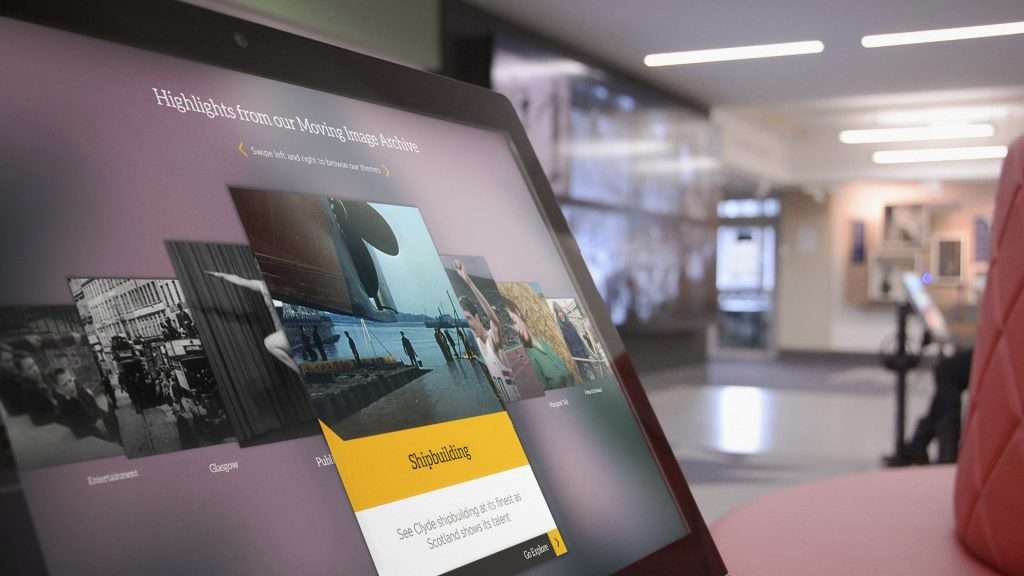
Why a creative strategy?
Developing anything without a strategy in place isn’t necessarily lining up for failure, but it can be very hit or miss. When we say strategy we are referring to a detailed plan of action that helps align your business goals with your customers’ goals through a seamless, engaging and persuasive experience they’ll love.
Without a strategy in place, there’s a lot that can go wrong. For example, if you focus too much on your products, services and brand, without giving the customer what they want, then they’ll have no reason to keep interacting with your brand or worse will be put off and walk away with a negative view.
On the flipside, you might create the most customer-centric touchscreen experience possible that immerses people in your brand and messages – but there’s no clear way for you to capitalise on this goodwill, inspire the right action or deliver the message you need to (and that’s kind of important).
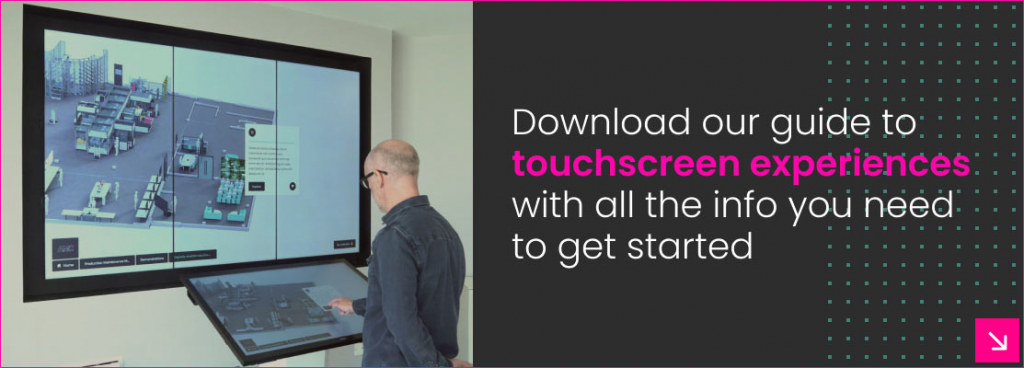
So, although a creative strategy might seem like a bit of an effort or not strictly relevant it’s an important piece of the puzzle that you really don’t want to skip – otherwise, you could end up paying for it later down the line as a very costly mistake.
Where to start with your strategy
So, what do you need to consider for your interactive touchscreen experience (because when done right, they do have some great benefits), here are some key pointers on where to get started.
Dig deeper into your brand story
Think about the story behind your brand. Who are you, and what do you stand for? Who are your core customers, and why do they prefer you over any other brand or why should they? What is the image you want to project to your customers and how does this tie into your wider brand image and tone of voice.
An interactive experience cannot be seen in isolation from all your other marketing and brand initiatives, consistency of brand image and voice is really important.
A really good question to ask yourself is “What do we want to say about the brand through this experience?”
This may sound like obvious stuff, but it’s a really good starting point when building a solid foundation for your interactive experience
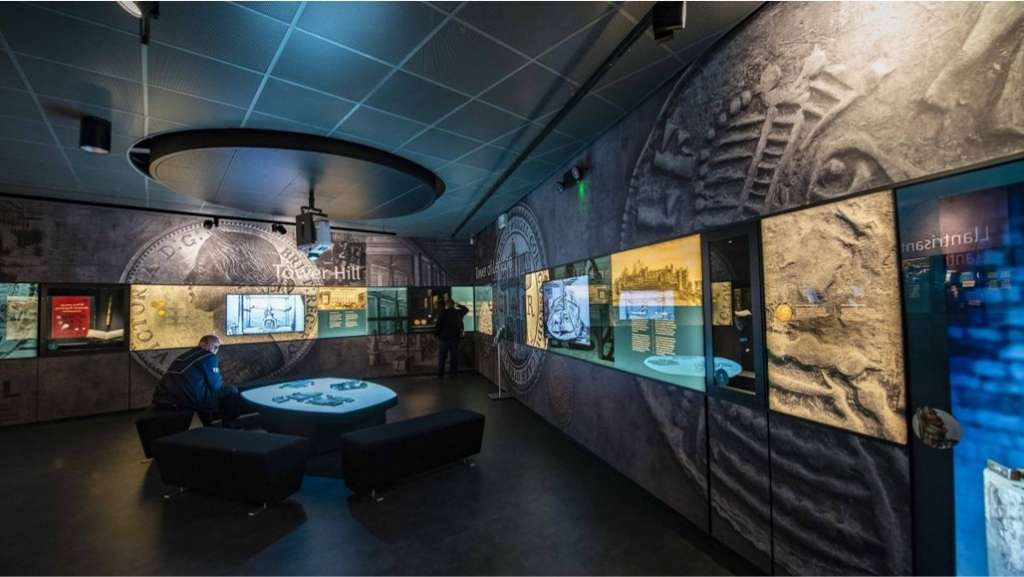
Set some S.M.A.R.T goals
By S.M.A.R.T we mean Specific, Measurable, Attainable, Relevant and Timely. Think; why do we need a touchscreen experience, what will it help us achieve? Perhaps you’re looking to capture a specific number of new leads, project an innovative brand image or increase overall sales by 30%. Remember, goals such as increasing brand awareness may be less measurable, but they’re still valid.
Align those goals with your customers’
Now, back to thinking about your customers. What do they want from your brand? Or, more specifically, what can you offer them that will get them to take the desired action you’re looking for when using your touchscreen experience or afterwards?
People often forget about what happens after someone uses the experience, that’s a missed opportunity, you want to keep the conversation going so think how you can do this, what can you do towards the end of the experience to help this ongoing conversation?
Getting this right is going to be essential for creating any financially successful experience.
Think about fun features they’ll love
One of the great things about interactive touchscreens is that there are just so many possibilities and immersive features to choose from! For example, you can include gamification, videos, gesture control, 3D models, object and demographic recognition – and so much more. Check out our blog on how customers can interact with your touchscreen experience for a better idea.
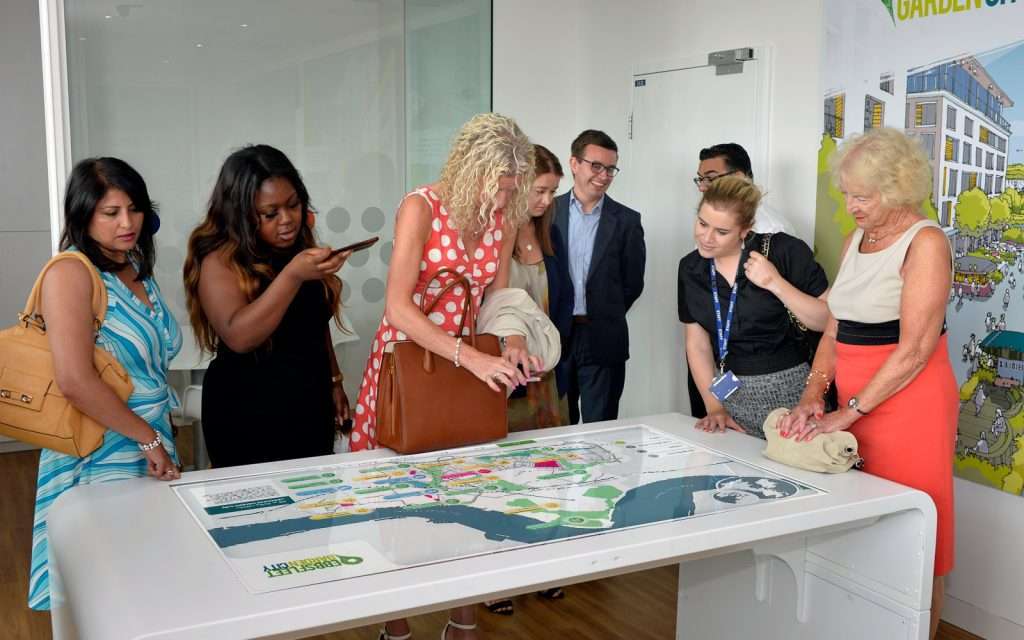
The kind of features you include can have an important impact on how people view you afterwards and the impression you leave them with. The features and interactivity need to build on your story and reinforce your message and not be a distraction.
Make it personal and emotional
Customer experience is all about talking directly to the individual and giving them a personal experience as if they are the only person that matters. To do this, you also have to make an emotional connection with the individual. It doesn’t matter how dry or intellectual you think your content is emotion is still a key factor in building connections with your customers.
So how can you build this into your experience and what are the emotional touchpoints that would resonate with your audience?
Consider the physical space
Finally, it’s important to think carefully about the physical space your touchscreen will go in. Will it blend with the space it’s going into, does the space tell the same brand story, does it encourage people to interact? If you’re going to be somewhere noisy like an exhibition or convention, relying on sounds to get attention might not be the best idea. If the touchscreen experience is just left on the periphery of your space is it going to get used? People are tactile so don’t assume that your interactive can replace your products.
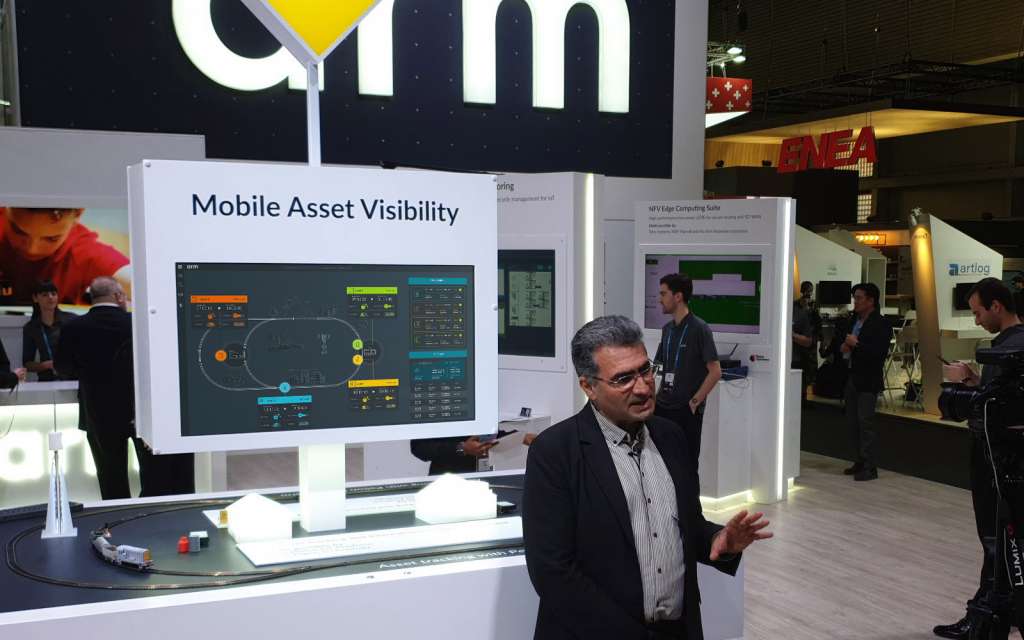
People are cautious too, if the experience isn’t inviting and they feel exposed they won’t use it, this is really important and the space the touchscreen is in can really help this. Simple things like not going for the largest screen you can get is important, big screens look impressive but most people won’t be able to touch the top of the screen and they are going to feel very self-conscious as everybody else can see what they are doing.
TIP: If you’re looking for a better idea of where to start with your interactive touchscreen strategy, we’ve talked you through some of the key factors to think about in our recent blog. And we’ve even gone one step further by giving you a better overall idea of the design process we go through with our own clients.
Get your creative juices flowing
We hope you’ve enjoyed reading and you’ve got a better idea of why an interactive touchscreen experience really needs to be backed up by a solid strategy – rather than just simply jumping into development.
Would you like to know more about creating a touchscreen experience your customers will love? Simply get in touch on +44 (0)117 329 1712 or hello@popcomms.com. We read and reply to every message we receive!

Related Posts
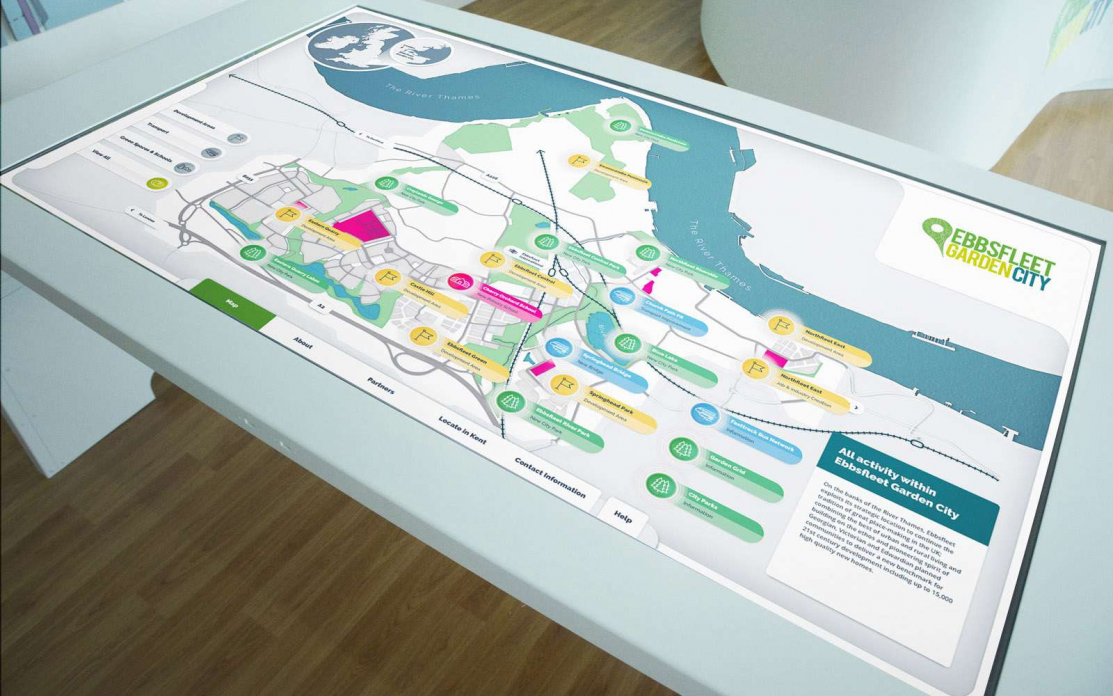
Case Study: How POP Can Help You Develop an Interactive Solution That Stays within Budget Every Time
Read
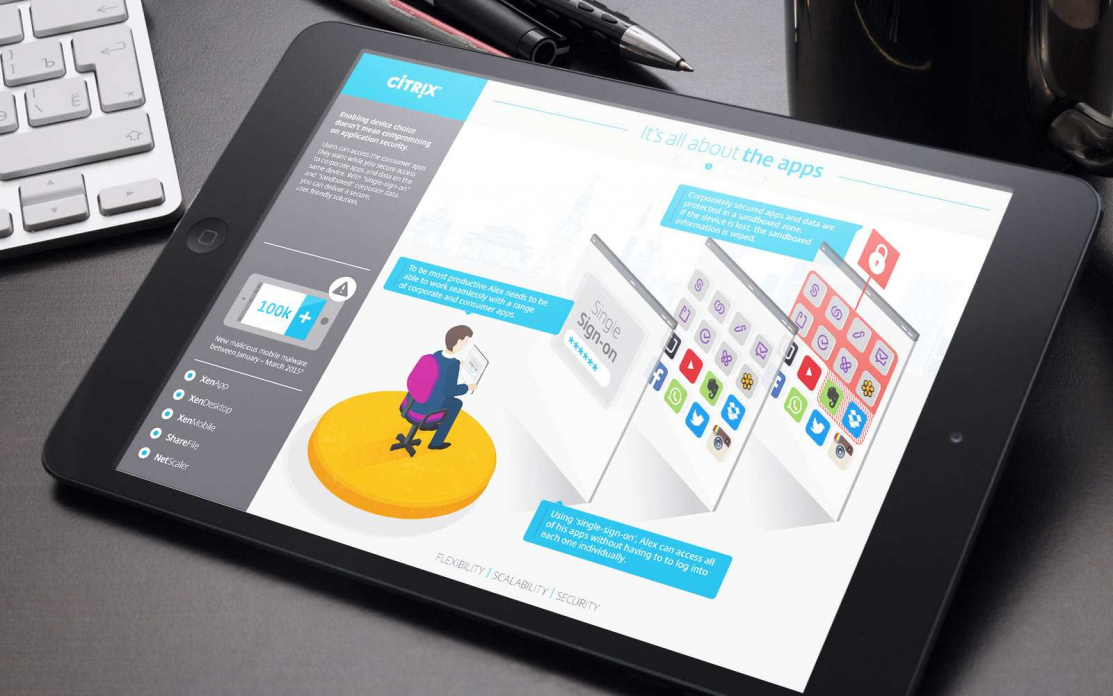
Which Types of Sales Enablement Content Should You Add to Your Toolkit?
Read
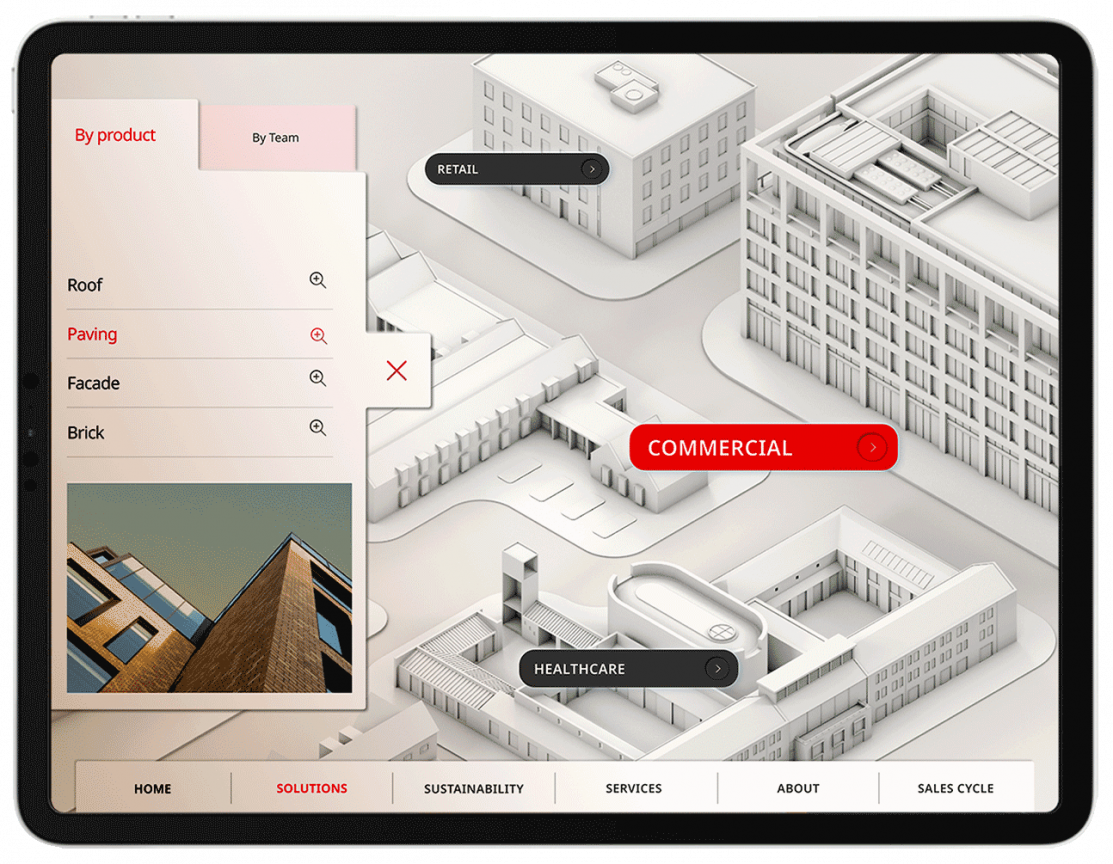
Why Conversational Presenting & Interactive Touchscreens Go Hand-in-Hand
Read
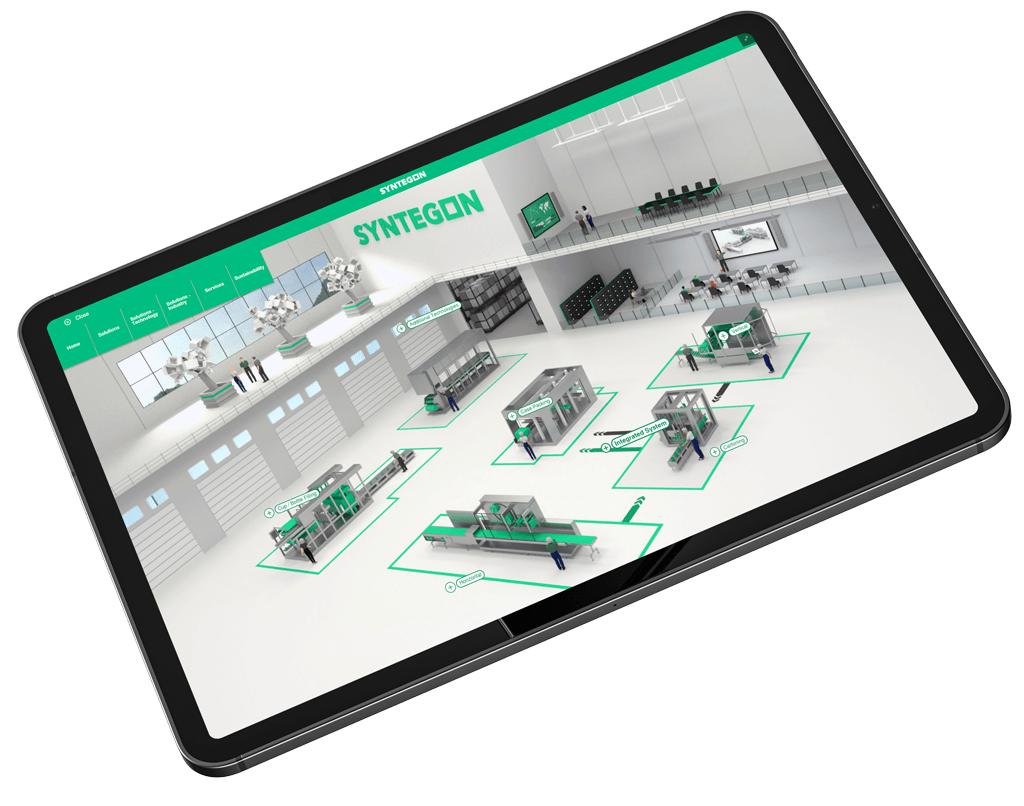
As an Advanced Manufacturer Creating an Interactive Touchscreen Experience, What Questions Should You Ask?
Read